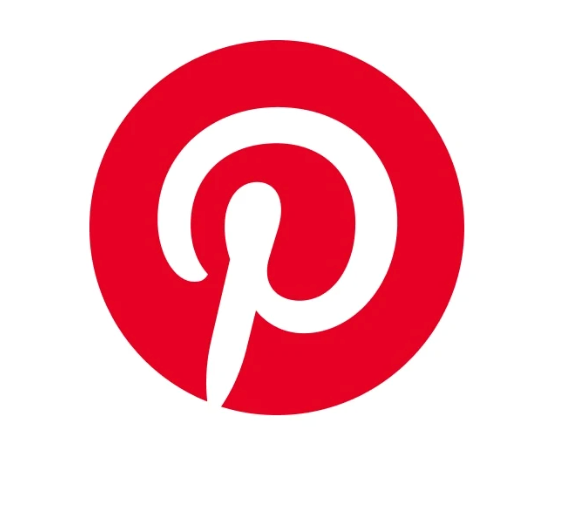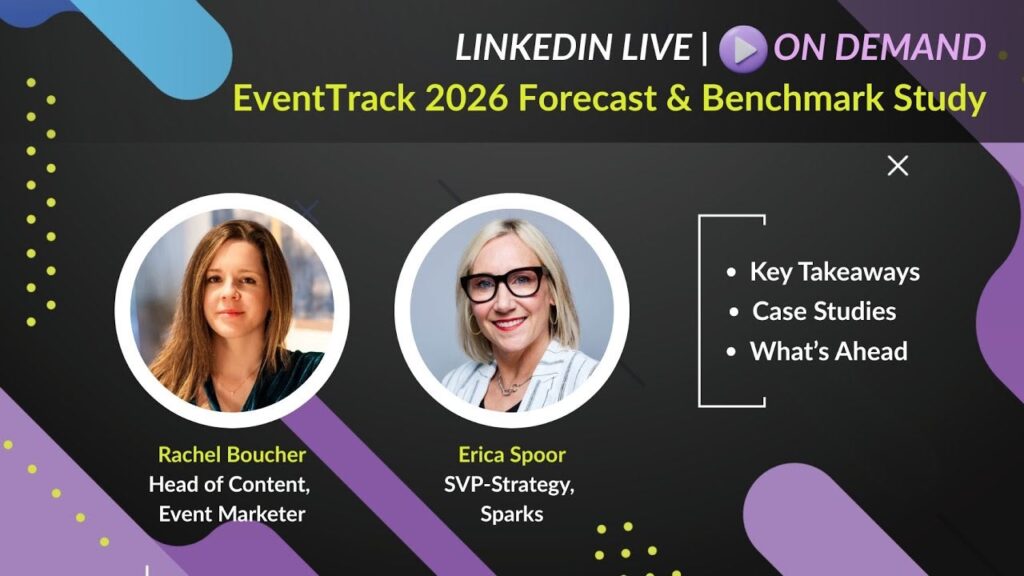Insert media is all the rage now. It’s not new, and in fact has seemingly been around forever. It used to be called “Alternative Media” and probably it was called something before that. Basically, it means every direct response opportunity that is not solo direct mail, space advertising, broadcast/cable, or the Internet. The reason insert media is (or are) hot is their cost compared to solo direct mail. On average, insertion costs average about $50/M (before negotiation) and printing the insert runs from $20-$50/M. So you’re looking at a cost of $100/M total. In solo direct mail, lists may be $100-125/M alone, and then you have postage of $170-190/M. With printing and lettershop costs, you’re at 4-5 times the cost of an insert. Because there are so many insert programs available, a marketer with the right kind of product/service can achieve a degree of ubiquity. So there’s a brand awareness bonus. Insert media has as number of long-established categories: * Package inserts. You put your insert into another marketer’s “mail order” shipments. You get your piece in front of someone who has just ordered something, and if your product has relevance you have a shot at getting an order.
You can also put your insert into packages sold through retail channels. The good news is you get to those who aren’t necessarily mail order buyers – a whole new universe for you. The bad news is you get to those who aren’t necessarily mail order buyers.
Package insert programs usually have minimum tests of 10,000 to 25,000. Insert cost is normally $50/M and you supply the piece. You may be able to target by type of product or dollar amount in some of the larger programs, but you can’t target geographically.
* Co-ops. These are mailings going to a large number of consumers. Your piece may be among 15-30 others. Some co-ops are targeted to specific segments – young families, senior citizens, etc. You can target geographically, but minimums are frequently 50,000 or 100,000… and sometimes higher.
* Statement inserts. Your piece goes into statements with one or two others. The advantage here is that your piece has very little competition for attention.
* Postcard decks. Mostly used in business-to-business lead generation applications. You buy a card in the deck (they do the printing) or place your own insert in the deck.
* Take-Ones. You can put your insert on supermarket or drugstore bulletin boards by geo area. The other variety is self-standing take ones. * Ride-Alongs. Your piece goes along to help defray costs of a single marketer’s direct mail solicitations.
* Sample packages. Product samples are given out to new mothers, students, gym rats, etc. Your piece will ride along with those samples.
* Catalog blow-ins and bind-ins. You put a reply card in someone else’s catalog. This is one of the least expensive forms of insert media.
* Free-standing inserts. FSIs are the multi-page coupon inserts that come in your Sunday paper. While your offer may be up against free offers or cents-off coupons, the cost of running in an FSI may make a test worthwhile– if your product is right. You can sometimes buy half-pages for as little as $3-$4/M.
In addition to what’s available commercially, you can invent new insert media. Long-time friend Asher Abelow, one of the pioneers (with Leon Henry) in insert media, was involved in inserts in cartons of eggs, on the cardboards you get when you pick up your shirts from the laundry, with take-ones in the back of taxi cabs. You can also make private deals of all kinds. One of the hip-hop magazines did very well generating subscriptions with hang-tags on hip-hop clothing.
Beyond costs, insert media has other advantages:
First, you can get very targeted if you want. If you’re selling insurance to boaters for example, there are a number of insert media programs focused on that market. You can get to corporate executives, small business owners, attorneys, teachers and other professionals.
Second, the expansion potential is huge. More programs are coming on line all the time, and there are many existing programs that provide the ability to push out over 1 million inserts a month.
Third, lower costs mean lower break-even points. If your break-even in solo direct mail is 1%, you can make 2 or 3 responses per thousand work in insert media. On lower cost categories like FSIs and catalog blow-ins/bind-ins, your break-even may be 1 per thousand or below.
As for disadvantages, the biggest problem is control. You ship 100,000 inserts to a marketer that claims to use 100,000 a month. You don’t know if all your inserts will be used in the first week, or some will not even be inserted in a particular month. In other words, insert media is more difficult to track and evaluate than solo direct mail, print or broadcast. For that reason, if you are just launching a direct marketing program, do not use insert media alone if you want to know where your program is going.
The second disadvantage: ability to select geographically. Most programs don’t allow any selection. Coops are an exception, with Money Mailer and Advo specifically designed for very local advertising.
Third disadvantage: lead and roll-out time. It may take months before you can get your test into the more popular programs. Then it may take 60 days to find out you’ve found a gold mine, and another 60 days before you can get back in the program.
Lee Marc Stein is principal of Lee Marc Stein, Ltd., a direct marketing consulting and creative services firm. He can be reached at www.leemarcstein.com.





